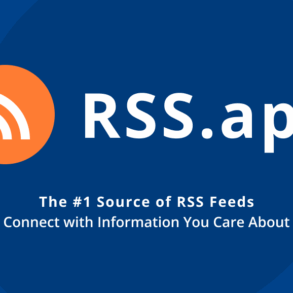
In an era of information overload, researchers face an uphill battle in ensuring their work reaches decisionmakers who can use evidence from research for decisionmaking. For research to meaningfully inform policy and practice at local, national, and global levels, it must extend beyond academic circles and reach policymakers, practitioners, and the broader public. Social media platforms can help narrow this dissemination gap.
In 2024, there were 5.04 billion people utilizing social media platforms like Facebook, X, TikTok, and Instagram. This presents an opportunity for researchers to engage audiences who may not typically read research reports, like policymakers, who often operate in fast-paced environments where they do not have time to read long research papers. While social media posts cannot replicate the depth of journal articles, they can serve as an entry point—translating complex findings into accessible insights, sparking interest, and increasing engagement with research.
In this commentary, we encourage researchers to integrate social media into their dissemination strategies to make their research more visible, engage a wider range of audiences, and increase the likelihood that their research informs public discourse and policymaking in the digital age.
Social media can make research more accessible than traditional dissemination platforms
Social media platforms are accessible to anyone who chooses to create an account and engage. In contrast, more traditional academic journals and reports are often hidden behind paywalls, written in dense, technical language, or structured in ways that prioritize scholarly audiences over general readers. Additionally, social media content tends to have a more conversational and engaging tone, making complex research findings easier to understand and discuss.
While tracking readership of research articles is difficult, social media provides clear engagement metrics such as “liking,” “following,” “commenting,” and “sharing.” Real-time analytics on views and interactions allows researchers to refine their outreach, tailor content to their audience, and gain insight into which aspects of their research resonate most with their audience. By increasing accessibility and engagement, social media can help researchers engage a wider range of nonacademic audiences, including community members, policymakers, and other actors who might typically not engage with academic literature.
Researchers can also use information about trends of social media usage to better target audiences, maximize engagement with research, and reach people in different roles and contexts. For example, while X can be utilized for more frequent and pithy research updates, LinkedIn may be better suited to sharing excerpts and data from a research report. Distilling a 20-page research report into an Instagram post or multiple concise X posts forces researchers to reflect on the main points, recommendations, and information they hope the audience walks away with. To engage policymakers, researchers can expand their networks to include key actors, fostering continuous communication and feedback loops among researchers, practitioners, and policymakers, while also using social media to succinctly share research findings and implications that policymakers can directly apply to their work.
Using social media gives researchers more versatility in how and with whom they communicate research
Different generations approach and use social media in different ways. Data shows that people 50-64 years old widely prefer Facebook, while around 36% of this group reports using Instagram. In contrast, 76% of those aged 18-29 reported using Instagram. In many countries, WhatsApp is the most popular form of communication, not just for calling and texting, but also for sharing research and professional updates. Beyond generational divides, use of online platforms can also depend greatly on gender, level of education, income, and other demographic factors. This fact sheet provides a breakdown of these different factors and usage patterns. Additionally, trends show that baby boomers primarily use social media for personal communications; however, starting with Gen X, younger generations tend to integrate social platforms into all aspects of their lives including to network, promote their work, get relevant news, and more.
Despite the widespread use of social media among the population, including researchers, there are still some researchers who are hesitant about using social media platforms for dissemination because they are either not very familiar with different platforms or they are not comfortable with how their work will be perceived outside of traditional dissemination forums. A survey of 425 researchers from 20 disciplines in Malaysia revealed that up to 62% of respondents rated social media as more effective than other types of media including newspapers, conferences, and journals. Effectiveness was described as “the ability to attain desired changes in public knowledge, attitudes, and practice of scientific discoveries or innovations.” Despite this finding, respondents still indicated that they utilized social media more for leisure than for promotion of research findings.
Given the trends of the last two decades, social media is poised to keep growing. In the U.S., the percentage of adults using social media increased from just 5% in 2005 to 79% in 2019. To maximize impact, research must reach the right audiences. By leveraging social media, researchers can expand accessibility, drive meaningful policy conversations, and shape public discourse in the digital age.
This post was originally published on this site be sure to check out more of their content








